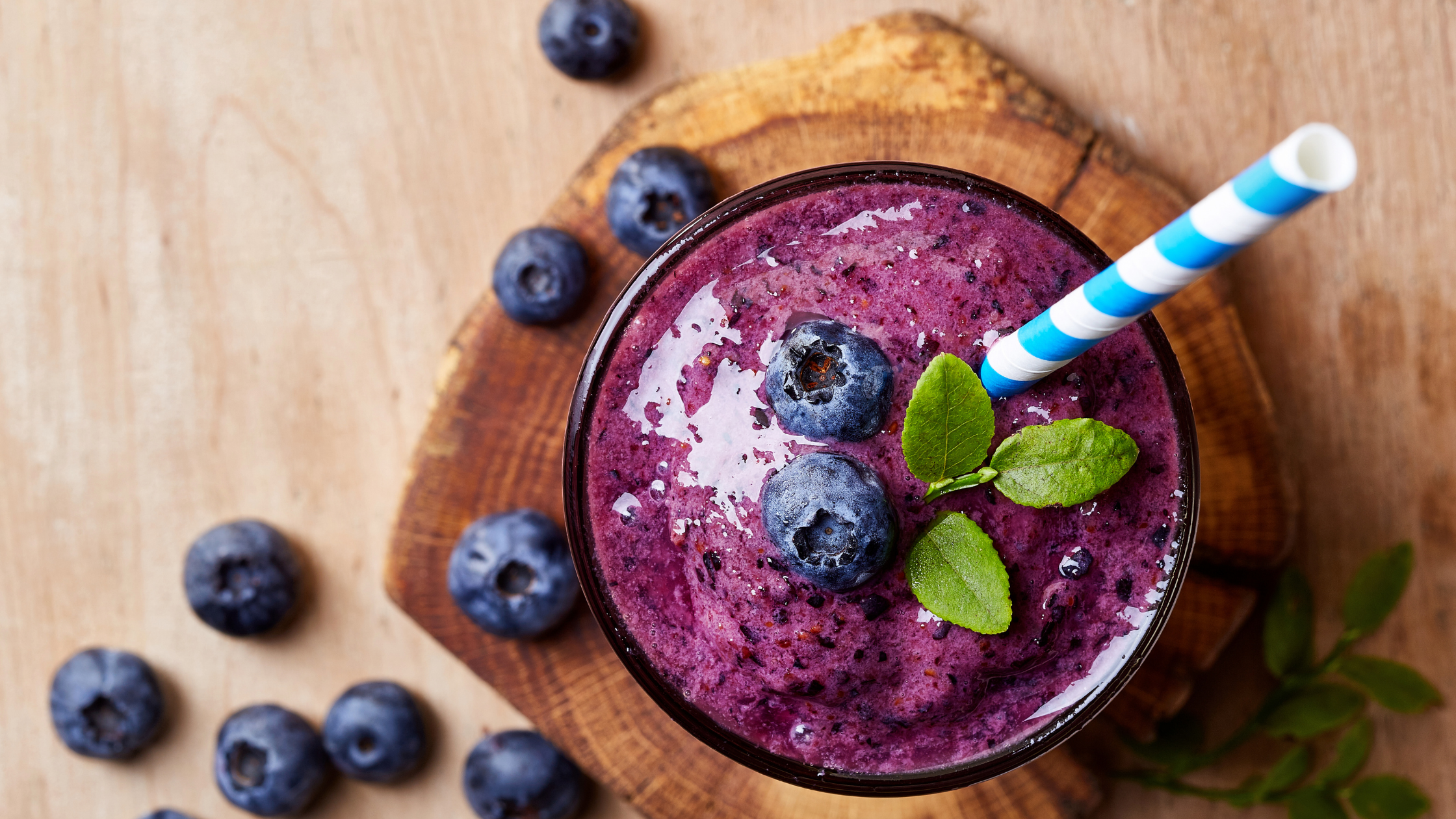In the mood for a smoothie?
Here are my tips and tricks on how to create your own smoothie.
Remember, just because a food or beverage has a lot of nutrients, does not mean that it is low calorie or low in carbs or sugar.
Liquids empty faster than solids from your stomach. Fat has the largest influence on slowing down stomach emptying. This is important to know, so that when you create your smoothie, add an ingredient with some fat because this will slow down stomach emptying and keep you fuller, longer (more satiated).
Be careful purchasing premade options on juice/smoothie bars as they are often very high in sugar (some contain over 60-80 grams of sugar)!
Remember, just because they say “no added sugar” they often contain several servings of fruit, honey, milk etc that contain a lot of “natural sugar”. Although our body processes natural sugars differently than added sugars like table sugar or high fructose corn syrup, for many of us, we consume more than twice the recommended amount of sugar per day.
I recommend purchasing small packets of various protein powders first to figure out which flavors/textures you prefer before buying larger containers.
Step 1: Choose primary protein source
Try to find brands that have less than 7 ingredients and no artificial sweeteners (i.e. aspartame, sucralose)
If you have a milk intolerance/sensitivity or want to avoid dairy, choose a plant-based protein powder like pea or hemp powder. Or you can use silken tofu as a protein option
Step 2: Choose the liquid base
Always choose zero or low sugar options
- Water
- Unsweetened non-dairy milk (I.e. almond, cashew, oat, coconut, soy)
- Avoid adding fruit juices and limit regular milk, even lactaid (it is common to develop lactose intolerance as we get older. Dairy milk in general (even lactaid) contains sugar (upwards of 12 grams per serving of more) compared to unsweetened non-dairy milks that contain around 1-2 grams of sugar per serving
Step 3: Add Ingredients
Add additional ingredients based on your own food/flavor preferences:
- Ways to add additional protein/probiotics/ nutrients like calcium and antioxidants
- Plain yogurt (Greek, almond, cashew)
- Frozen and/or fresh fruit (can add several types but keep total fruit quantity to less than 1 cup total per serving)
- Lower sugar fruit options include berries (blackberries, strawberries, raspberries, blueberries), cantaloupe and small apples. If the fruit tastes sweeter, it is sweeter (i.e. contains more natural sugars). i.e. mango, pineapple, banana, grapes. So, if you choose a higher sugar fruit option, make sure to pay attention to the serving size (1 cup of berries is equal to about ½ cup of grapes in regards to sugar content)
Ways to add fiber: can add serving of any of the following: be mindful of serving however as they are calorie dense items
- Chia seeds
- Flax seeds
- Hemp hearts
- Greens (frozen spinach, kale)
- Frozen butternut squash
- Pureed pumpkin
Ways to add healthy fats:
- Frozen or fresh avocado
- Plain greek or non-dairy yogurts like unsweetened almond or cashew yogurt
- Natural unsweetened nut butters (I.e. almond, peanut butter, cashew sunflower)


